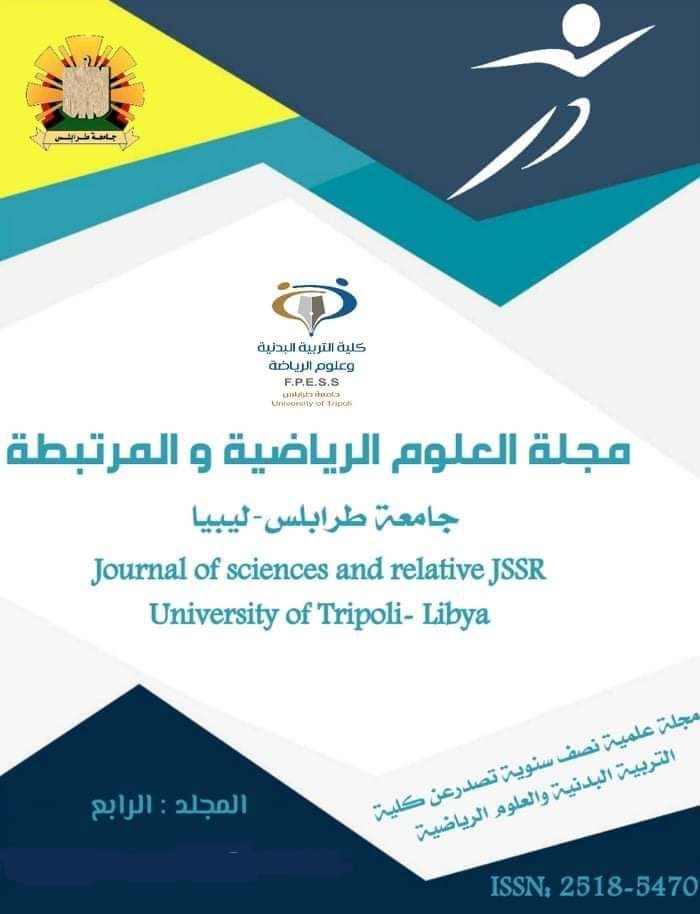PDF تأثير برنامج مقترح باستخدام التغذية والتمرينات العلاجية لإعادة تأهيل المصابين بتيبس مفصل الكتف الذين يعانون من مرض السكري من النوع الأول
تأثير برنامج مقترح باستخدام التغذية والتمرينات العلاجية لإعادة تأهيل المصابين بتيبس مفصل الكتف الذين يعانون من مرض السكري من النوع الأول
Keywords:
التغذية، التمرينات العلاجية، إعادة التأهيل، تيبس مفصل الكتف، مرض السكري من النوع الأولAbstract
The research aimed to prepare a rehabilitation program using nutrition and therapeutic exercises to rehabilitate people with stiff shoulder joints who suffer from type 1 diabetes. It also aimed to identify the differences in the effect of the proposed program using nutrition and therapeutic exercises during the implementation stages. The research sample was chosen intentionally from patients The number of (3) patients with shoulder joint stiffness who suffered from type 1 diabetes and their injuries resulted from various causes. The duration of the proposed program using therapeutic nutrition and exercise took (12) weeks and included (36) treatment sessions distributed by (3) Stages, and each stage contains (4) weeks, and each week contains (3) therapeutic sessions. The treatment session begins with performing therapeutic exercises and includes relaxation massage. The researcher used statistical methods to process the data, and the results showed that the proposed rehabilitation program using nutrition and therapeutic exercises has an effective and positive role in improving cases of patients with shoulder joint stiffness who suffer from type 1 diabetes, and the proposed rehabilitation program achieved a clear improvement in both the degree of pain. , range of motion, muscular strength of the muscles working on the shoulder joint and a decrease in blood sugar levels, and the use of therapeutic exercises within the proposed rehabilitation program contributed positively to improving the functional and physical efficiency and motor control of the joint. the shoulder. The use of therapeutic nutrition included in the proposed program had a positive impact in all stages of rehabilitation for people with stiff shoulder joints who suffer from type 1 diabetes, and that early rehabilitation for people with stiff shoulder joints who suffer from type 1 diabetes helped in the success of the program. The proposed rehabilitation method, and that employing physical therapy methods and linking them in the rehabilitation process has proven positive results in treating this injury and reducing pain.





